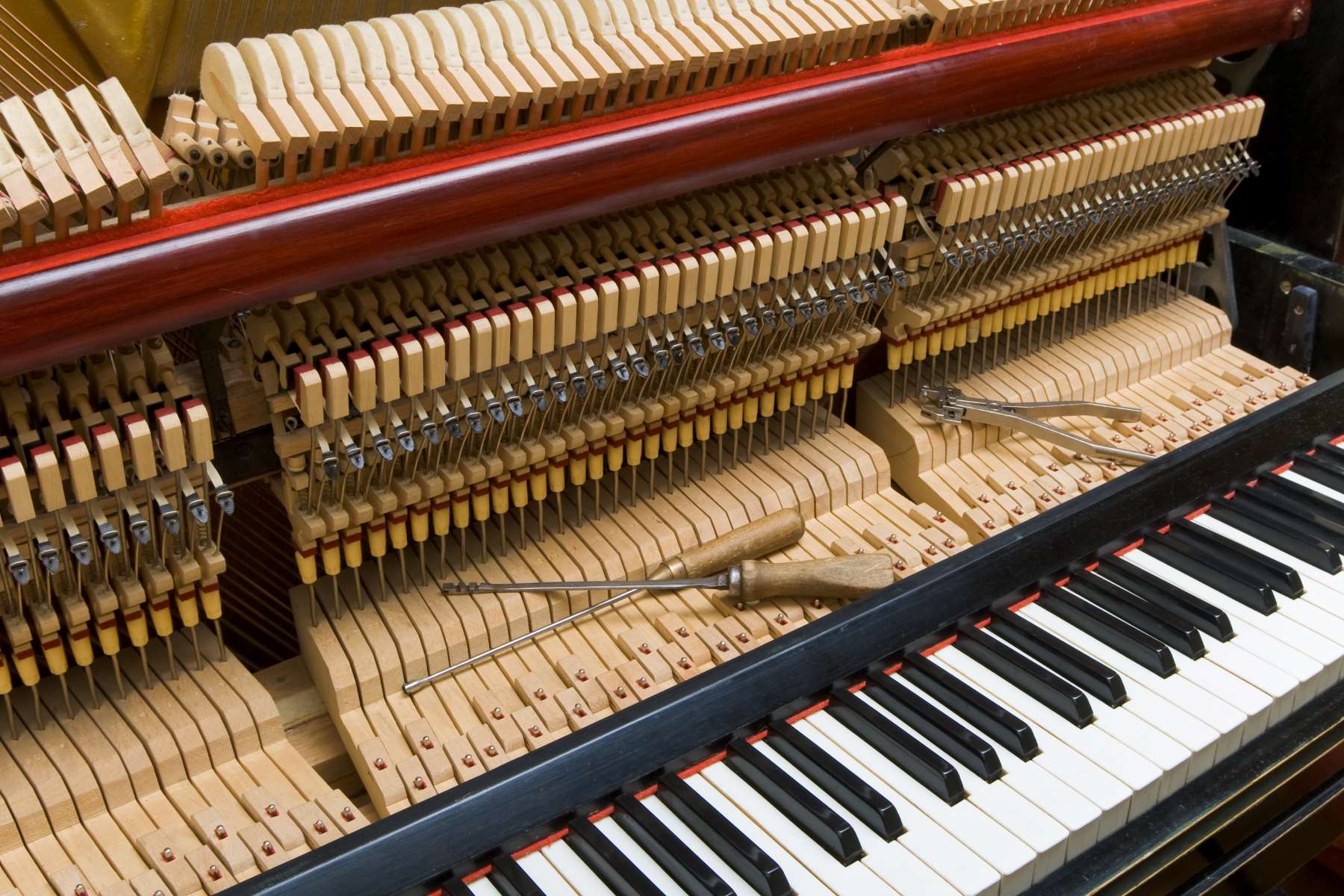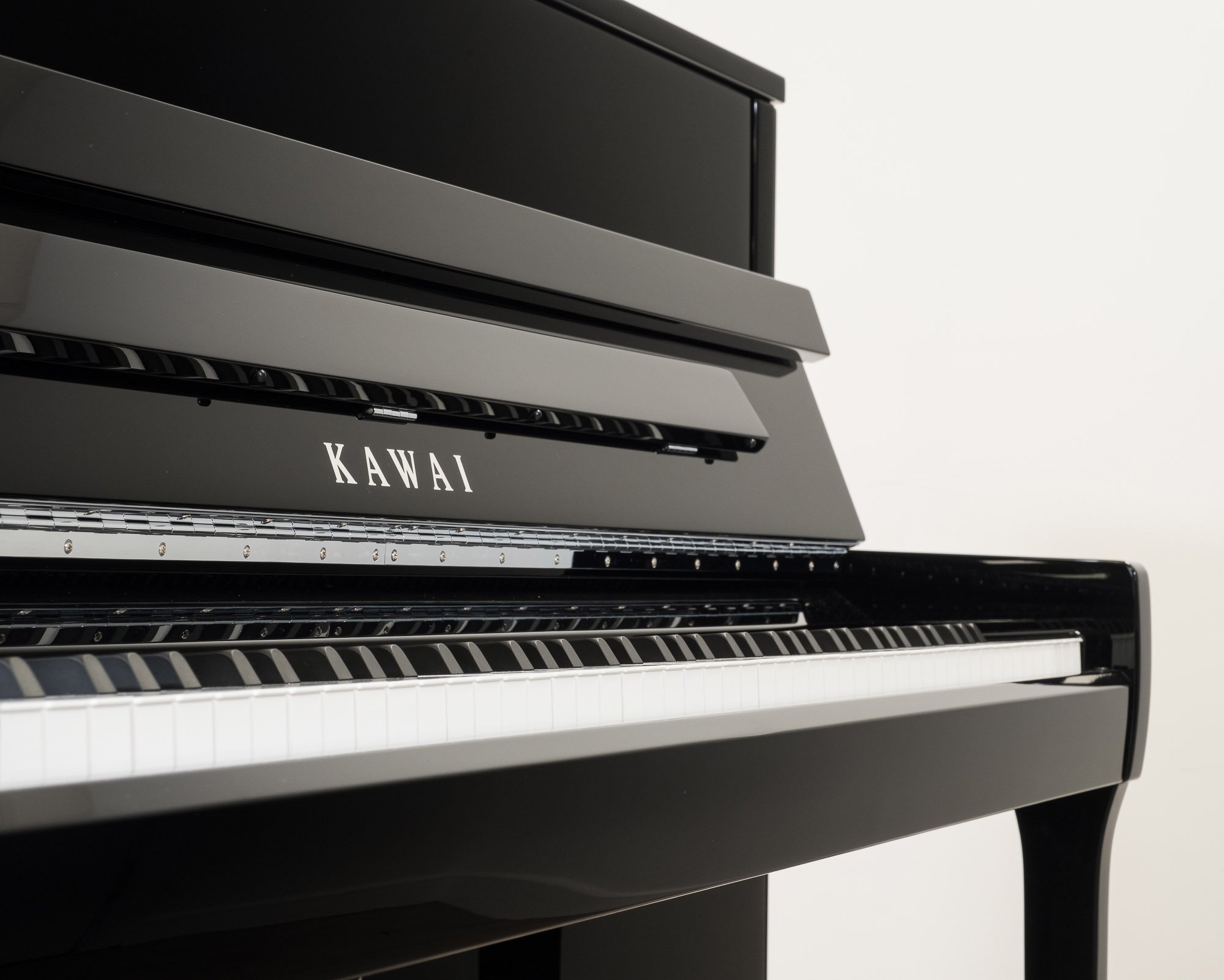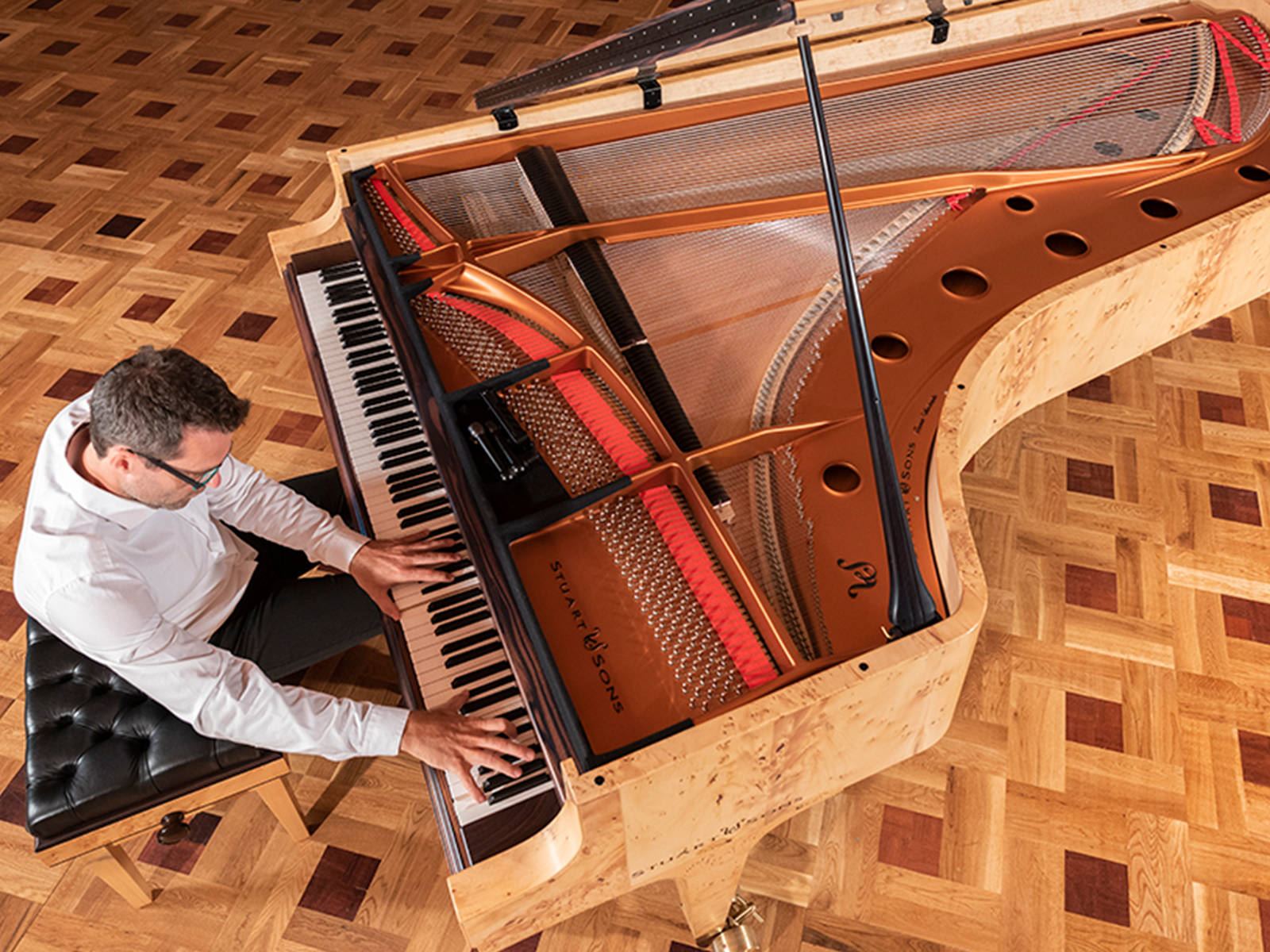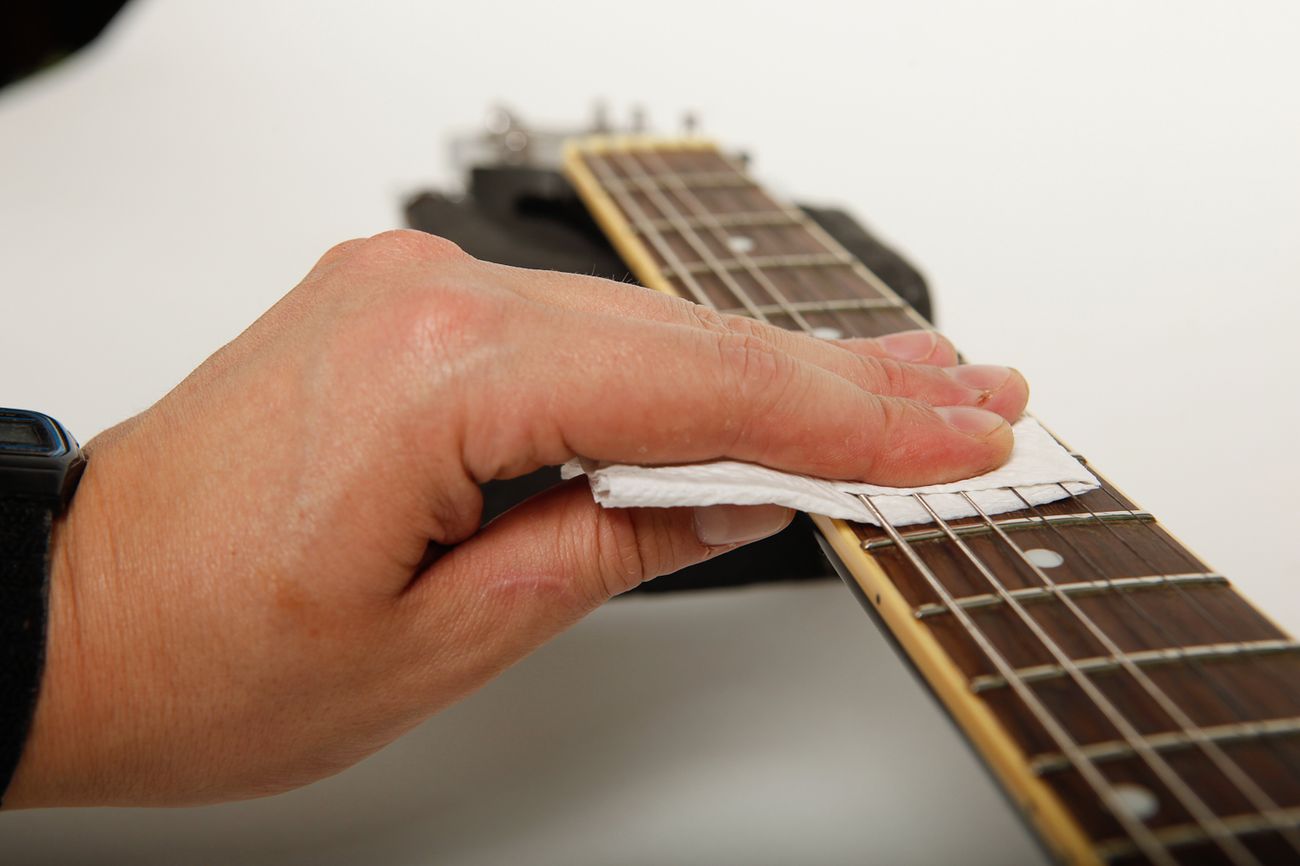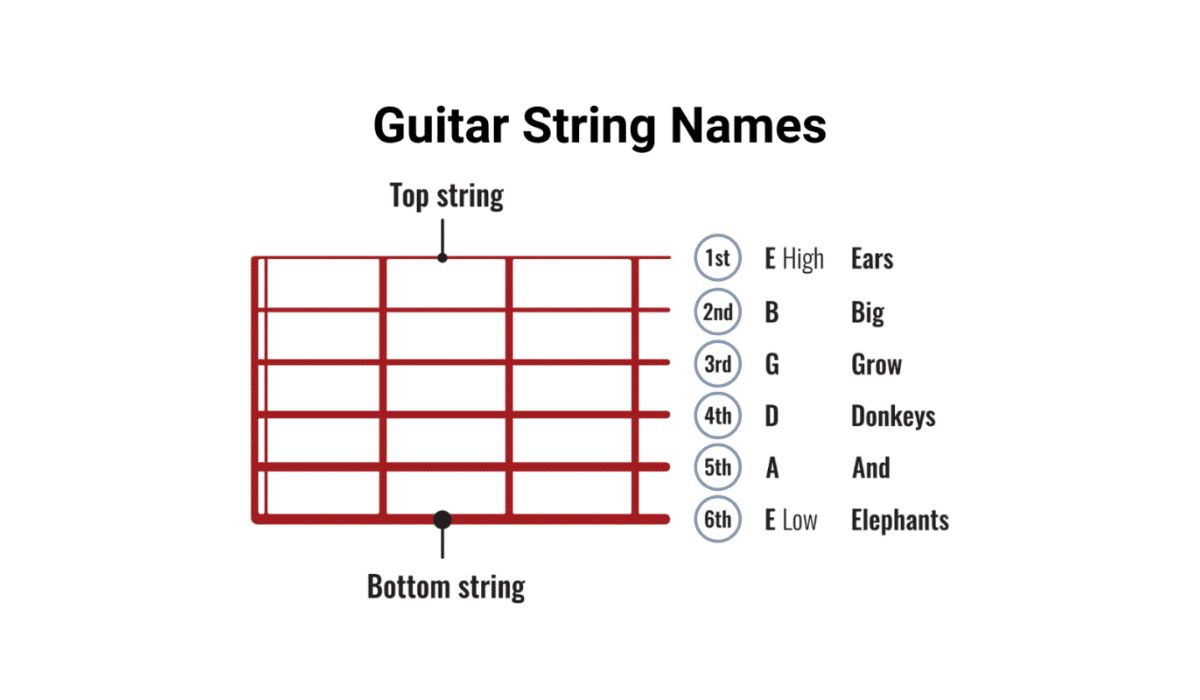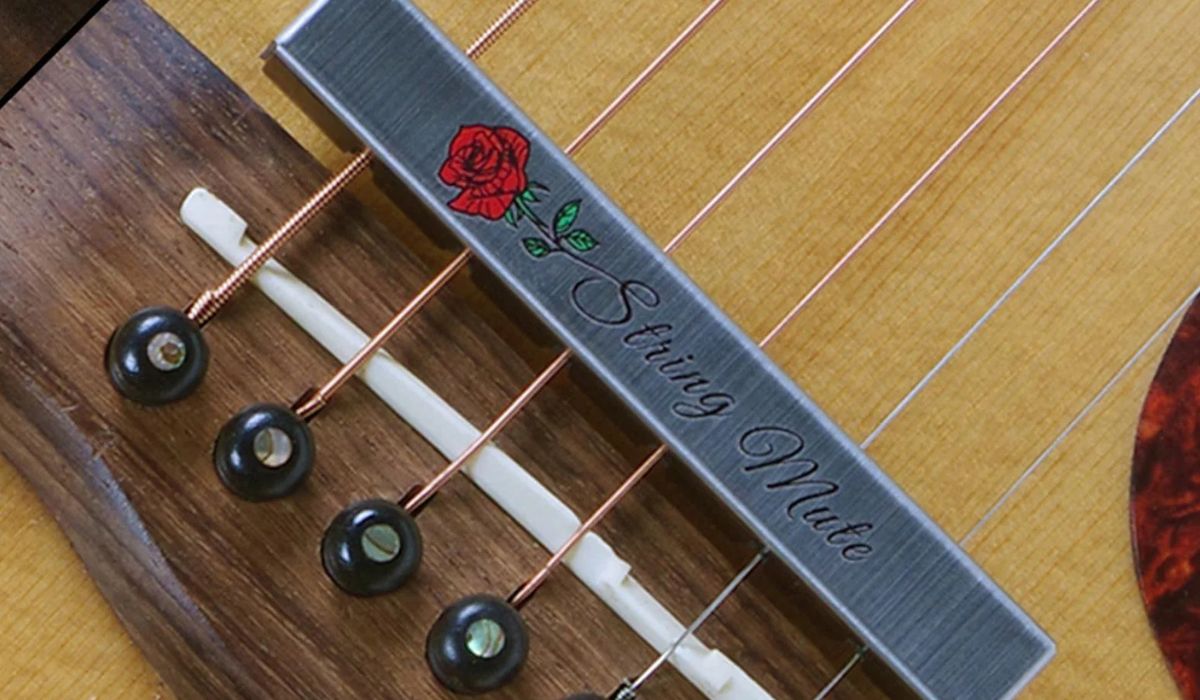Home>Instruments>Piano>How Many Strings Are In A Piano


Piano
How Many Strings Are In A Piano
Published: February 10, 2024
Discover the intricate design of a piano and learn about the numerous strings that produce its rich, harmonious sound. Explore the inner workings of this timeless instrument.
(Many of the links in this article redirect to a specific reviewed product. Your purchase of these products through affiliate links helps to generate commission for AudioLover.com, at no extra cost. Learn more)
Table of Contents
**
Introduction
**
The piano is a timeless instrument that has captivated music enthusiasts for centuries. Its versatility and rich sound have made it a staple in a wide range of musical genres, from classical to jazz to contemporary pop. One of the most intriguing aspects of the piano is its complex internal structure, which includes a network of strings that produce its distinctive sound. In this article, we will delve into the fascinating world of piano strings, exploring their role in creating the instrument's iconic sound.
The piano's design and construction are a testament to human ingenuity and craftsmanship. From its humble origins to its modern iterations, the piano has undergone numerous transformations, yet its fundamental components remain largely unchanged. Understanding the inner workings of the piano, particularly the intricate system of strings, provides a deeper appreciation for the instrument and its unparalleled musical capabilities.
As we embark on this exploration of piano strings, we will unravel the history of the piano, examine its structural components, and shed light on the remarkable function of its strings. By the end of this journey, you will have gained a newfound understanding of the pivotal role that strings play in shaping the piano's sonic landscape. So let's embark on this melodic expedition and unravel the mysteries of the piano's strings, discovering the harmonious symphony that lies within this extraordinary instrument.
The History of the Piano
The history of the piano is a tale of innovation, creativity, and musical evolution. Its origins can be traced back to the early 18th century when Bartolomeo Cristofori, an Italian harpsichord maker, crafted the first instrument that incorporated a hammer mechanism, paving the way for what we now know as the piano. This groundbreaking invention revolutionized the world of keyboard instruments, offering musicians a dynamic range of expression and tonal possibilities.
Over the centuries, the piano underwent significant refinements and enhancements, propelling it into the spotlight as one of the most revered and widely played instruments. From the elegant craftsmanship of the early pianos to the technological advancements of modern grand and upright pianos, each iteration reflects a blend of tradition and innovation.
The piano’s journey through history mirrors the evolution of musical styles and genres, with composers and performers harnessing its expressive capabilities to create timeless masterpieces. From the classical compositions of Mozart and Beethoven to the jazz improvisations of Duke Ellington and the contemporary melodies of Billy Joel and Alicia Keys, the piano has remained a constant companion in the ever-changing landscape of music.
Today, the piano continues to enchant audiences worldwide, serving as a centerpiece in concert halls, recording studios, and intimate living spaces. Its enduring legacy is a testament to the enduring allure of its sound and the boundless creativity it inspires in musicians of all backgrounds.
As we marvel at the piano’s rich history, it becomes evident that its evolution parallels the advancement of human creativity and musical expression. The next time you sit at a piano or attend a captivating performance, take a moment to appreciate the centuries of innovation and artistry that have shaped this remarkable instrument.
The Structure of a Piano
At first glance, a piano may appear as a simple instrument, but its inner workings reveal a marvel of engineering and craftsmanship. The basic structure of a piano consists of several key components that work in harmony to produce its distinctive sound.
The keyboard, comprising white and black keys, serves as the interface through which the pianist communicates with the instrument. Each key is connected to a complex mechanism that activates a felt-covered hammer when pressed, striking the strings to produce sound. The action of the keys and hammers is finely calibrated to ensure precision and responsiveness, allowing for nuanced musical expression.
Beneath the keyboard lies the soundboard, a large wooden panel that amplifies the vibrations of the strings, enriching the piano’s resonance and tonal depth. The strings, made of high-tensile steel, are meticulously strung across the soundboard, with lower-pitched strings wound with copper wire to enhance their mass and lower their pitch. The tension of the strings is carefully regulated to achieve optimal pitch and stability.
The iron frame, often referred to as the plate, provides structural support and withstands the immense tension exerted by the strings. Its robust construction ensures the stability and integrity of the instrument, allowing it to withstand the rigors of regular play and environmental factors.
The pedals, typically three in number, offer the pianist additional control over the instrument’s sound. The sustain pedal sustains the sound by lifting the dampers from the strings, allowing them to vibrate freely, while the soft pedal reduces the volume and modifies the tonal quality. The una corda pedal, found in grand pianos, shifts the hammers to strike one or two strings per note, altering the timbre of the sound.
As we dissect the structure of a piano, it becomes evident that its design is a testament to meticulous craftsmanship and acoustic engineering. The seamless integration of its components forms a symphonic alliance, culminating in the resounding melodies that have enraptured audiences for centuries.
The Number of Strings in a Piano
One of the most intriguing aspects of a piano is the sheer number of strings that contribute to its resonant and multifaceted sound. The arrangement and quantity of strings vary between different types of pianos, each contributing to the instrument’s unique tonal characteristics and expressive capabilities.
In a standard modern piano, each note is typically associated with one, two, or three strings, depending on its position within the instrument. The lower bass notes often have a single thick wire string, while the midrange notes may have two strings, and the higher treble notes commonly feature three strings. This arrangement allows for a balanced distribution of tension and resonance across the entire range of the keyboard, ensuring a consistent and harmonious sound.
Grand pianos, renowned for their rich and expansive sound, house a greater number of strings compared to upright pianos. The longer strings in a grand piano contribute to a more extended sustain and enhanced tonal complexity, enabling the instrument to project with remarkable clarity and depth.
Conversely, upright pianos, with their vertical string arrangement, feature a more compact design and a smaller number of strings per note. Despite this difference, upright pianos are adept at delivering nuanced and expressive performances, making them popular choices for both professional musicians and aspiring enthusiasts.
The number of strings in a piano is a crucial factor in shaping its sonic identity, influencing the instrument’s timbre, resonance, and dynamic range. The meticulous arrangement and tensioning of these strings are a testament to the precision and artistry that underpin the construction of every piano.
As we contemplate the intricate network of strings within a piano, we gain a deeper appreciation for the instrument’s capacity to convey a kaleidoscope of emotions and musical textures. The harmonious interplay of these strings serves as the foundation for the piano’s enduring legacy as a paragon of musical expression.
The Function of Piano Strings
The strings of a piano are not merely passive components; they are the vibrant heart of the instrument, responsible for generating the rich tapestry of sounds that define its character. Their function extends beyond the production of individual notes, encompassing a myriad of acoustic nuances that contribute to the piano’s unparalleled expressiveness and tonal depth.
When a key is pressed on the piano, the corresponding hammer is propelled towards the strings, setting them into motion. The strings, under tension and precision tuning, vibrate at specific frequencies, producing distinct pitches that resonate within the body of the piano and beyond. This process forms the foundation of the instrument’s melodic potential, allowing for the rendition of intricate melodies, harmonies, and dynamic contrasts.
Furthermore, the strings interact with the soundboard, a crucial element that amplifies and enriches the vibrations, imbuing the piano’s sound with warmth and resonance. The soundboard’s capacity to transmit the strings’ vibrations throughout the instrument’s structure is integral to the creation of a full-bodied and immersive auditory experience.
Another vital function of piano strings lies in their responsiveness to the pianist’s touch and technique. The tension and composition of the strings influence the instrument’s dynamic range, allowing for nuanced expression through variations in volume, articulation, and timbre. Whether conveying delicate pianissimo passages or commanding fortissimo crescendos, the strings faithfully translate the artist’s intentions into captivating musical performances.
Moreover, the arrangement of multiple strings per note in certain registers contributes to the piano’s distinctive timbral characteristics. The interaction between these strings yields complex overtones and harmonics, enriching the instrument’s sound with depth and color. This harmonic richness is particularly pronounced in grand pianos, where the extended length of the strings facilitates the propagation of a diverse array of tonal complexities.
As we contemplate the multifaceted function of piano strings, we recognize their pivotal role in shaping the instrument’s sonic identity. Their capacity to resonate, interact, and respond to artistic expression underscores the profound synergy between craftsmanship, physics, and musical artistry, culminating in the timeless allure of the piano.
Conclusion
The piano, with its intricate network of strings, stands as a testament to human ingenuity and artistic expression. From its humble origins to its modern incarnations, the instrument has captivated audiences with its resounding melodies and unparalleled versatility. The history of the piano is a narrative of innovation and creativity, reflecting the evolution of musical styles and the enduring allure of its sound.
As we unravel the structure and function of piano strings, we gain a profound appreciation for the instrument’s inner workings. The meticulous arrangement and tensioning of strings, coupled with their interaction with the soundboard, form the foundation of the piano’s expressive capabilities. Whether in the grandeur of a concert hall or the intimacy of a home setting, the piano’s strings resonate with the emotions and aspirations of performers and listeners alike.
The number of strings in a piano, varying across different types and models, contributes to the instrument’s unique tonal palette and sonic character. From the thunderous bass notes to the crystalline treble melodies, each string plays a vital role in shaping the piano’s dynamic range and timbral complexity.
Ultimately, the piano strings serve as conduits of artistic expression, translating the pianist’s touch and intention into a symphony of sound. Their responsiveness, harmonic richness, and acoustic synergy embody the enduring legacy of the piano as a paragon of musical ingenuity and emotional resonance.
As we conclude our exploration of piano strings, we are reminded of the instrument’s remarkable capacity to transcend cultural boundaries and speak to the depths of the human spirit. The harmonious symphony that emanates from its strings resonates across generations, serving as a timeless testament to the enduring power of music.


